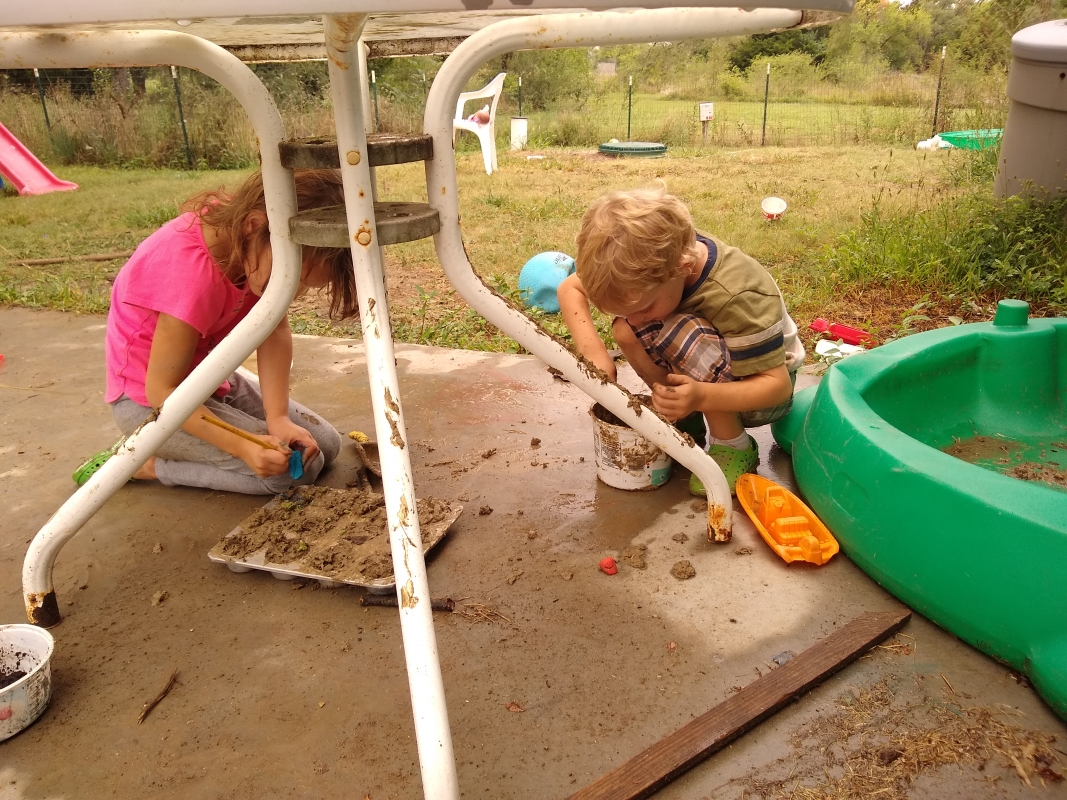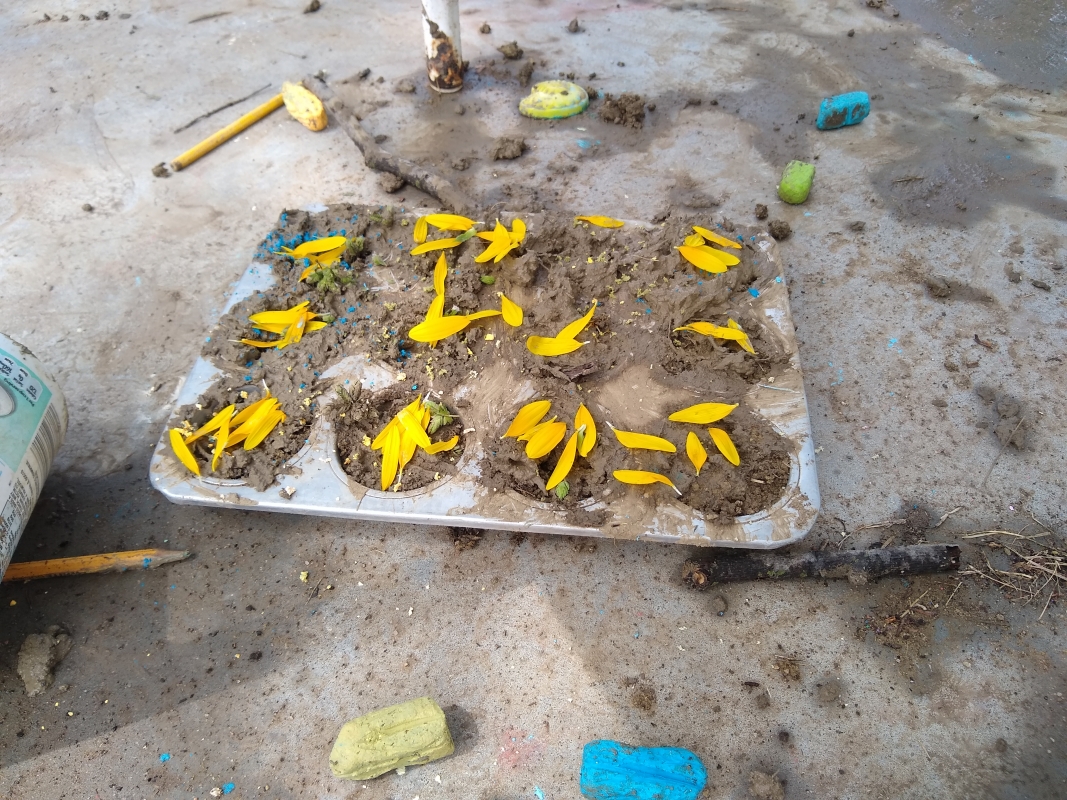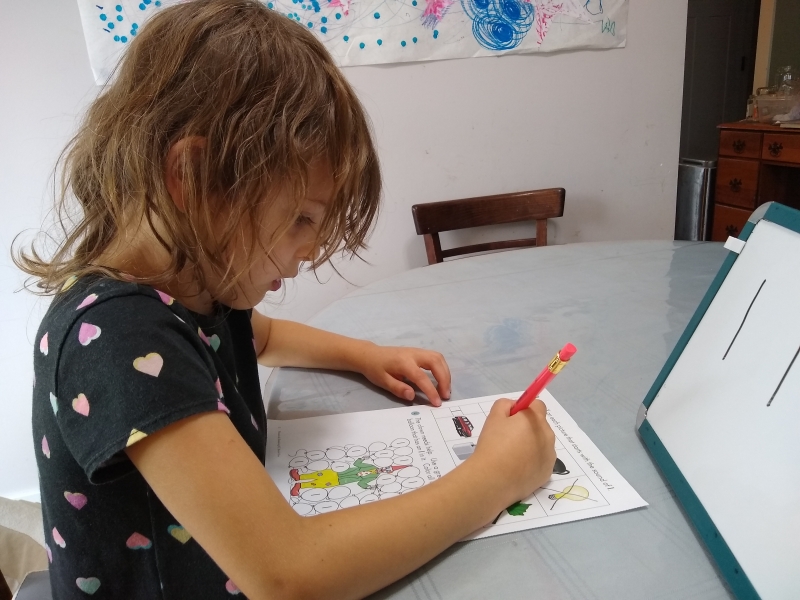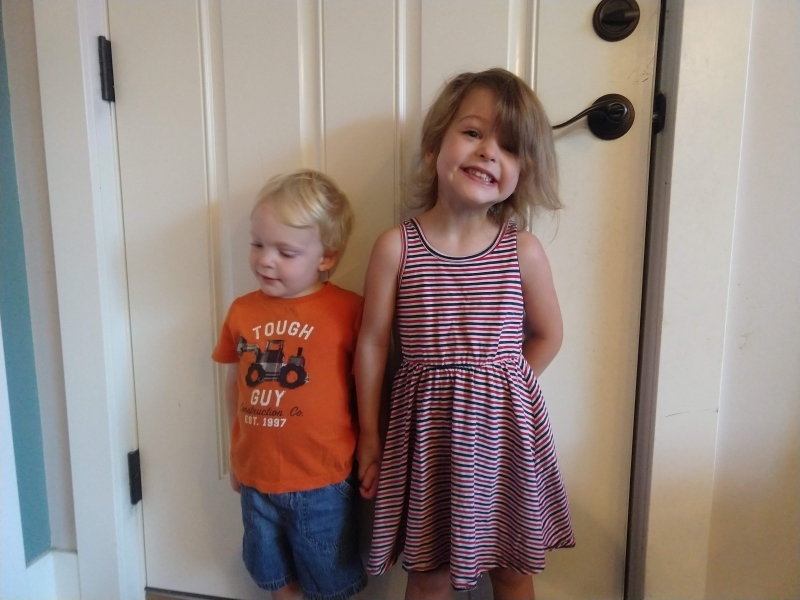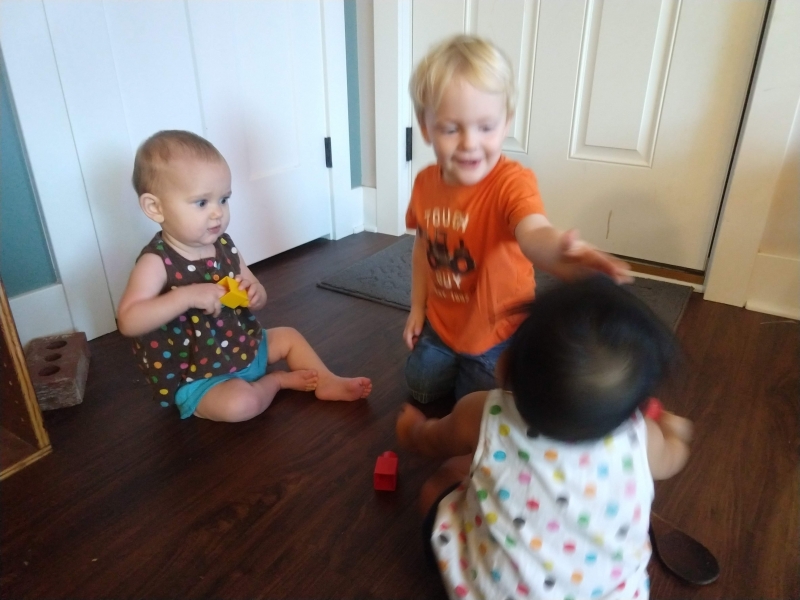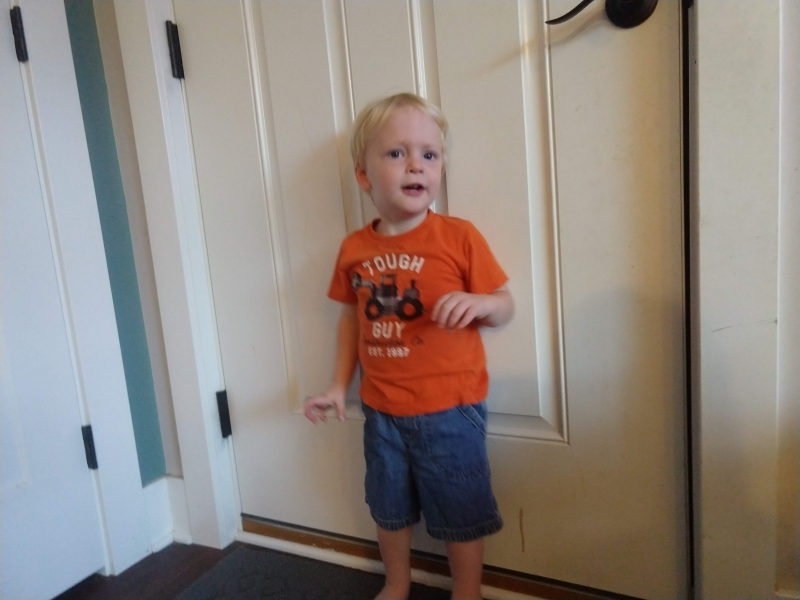Tirzah Mae has now finished up her first official year of school as compulsory education in the State of Kansas begins at age 6 (and she was six as of September 2021.) For the most part, we continued on with what we’d been doing for her kindergarten year, except that now she wasn’t the only student working (which somewhat dampened the cries of “not fair”, albeit not as much as I would have liked.)
As previously mentioned, we do the majority of our “subject work” together as a family, with only the “skill subjects” of reading, writing, and arithmetic done individually.
Phonics and Reading: American Language Series K (part 2)
I learned to read using this program, then called Little Patriots Read. My mom had me do it all in my kindergarten year, but I chose to slow it way down with Tirzah Mae. The ALS-K order of phoneme introduction is single letters (CVC), consonant digraphs and blends, mother E words, r-controlled vowels, vowel digraphs, and then diphthongs. We completed all the short vowel work in kindergarten and did the rest (mother E words on) here in 1st grade. I also opted to do only the phonics and readers without the spelling, writing, and vocabulary workbook.
I spent way too much energy the first semester trying to make sure we were reading the stories that matched the phonics lesson (really using skills that had been taught several days or weeks prior) and asking the provided “comprehension questions.” Midspring, I finally came to my senses and just had her read and narrate whatever stories came next.
Handwriting
I started the year giving some instruction on the placement of letters on three-lined paper (you know, with the dots in the middle) since we’d focused on letter formation without the use of lined paper in kindergarten.
Then it was copywork, copywork, copywork. She copied the autobiography she’d (spontaneously) written in kindergarten (with mama’s edits for legibility.) She copied the ten commandments. She copied some catechism questions and answers. And she copied lots of happy birthday greetings for cousins and aunts and uncles and grandparents.
Mathematics: Math Mammoth 1
I won an electronic copy of the entire sequence of leveled Math Mammoth worktexts back before I’d started schooling any of the kids. I was impressed by what I saw – a well-organized mastery-approach curriculum that I am able to print for about $25 per year at The Homeschool Printing Company. I had intended to switch to Math Mammoth once the kids finished the Shiller Math kit 1 (somewhere around 3-4th grade), but Tirzah Mae’s “wanna do a workbook” from last year made me bite the bullet and get her started on it this year. I did have her use some of the unit cubes from the Shiller Kit to help her conceptualize things a little better (rearranging is easier with 3D objects vs drawings on a page!) – but found that the 1st Grade workbooks are pretty good at making math concrete.
So What’s Next?
Now that Tirzah Mae has finished all six of her ALS-K readers, she is also the proud owner of her own library card (I remember well when I finally completed Sounds of Joy and could get my own card!)
1st Grade was mostly a continuation of kindergarten for Tirzah Mae – but next year we’ll be using all new curriculum. She’ll be learning cursive with Logic of English’s (LOE) Rhythm of Handwriting, doing phonics/grammar/spelling/vocabulary/etc. using LOE’s Essentials, and doing writing using projects/ideas from Brave Writer’s The Writer’s Jungle. She’ll be reading to me, to her younger siblings, and on her own for reading fluency practice. For math, she’ll be continuing on with Math Mammoth AND doing some Shiller Math kit 1 (because she saw the Shiller stuff at the Great Homeschool Convention and regretted giving it up.) She and Louis will also work together through the Core Knowledge book What Your 1st Grader Needs to Know.


